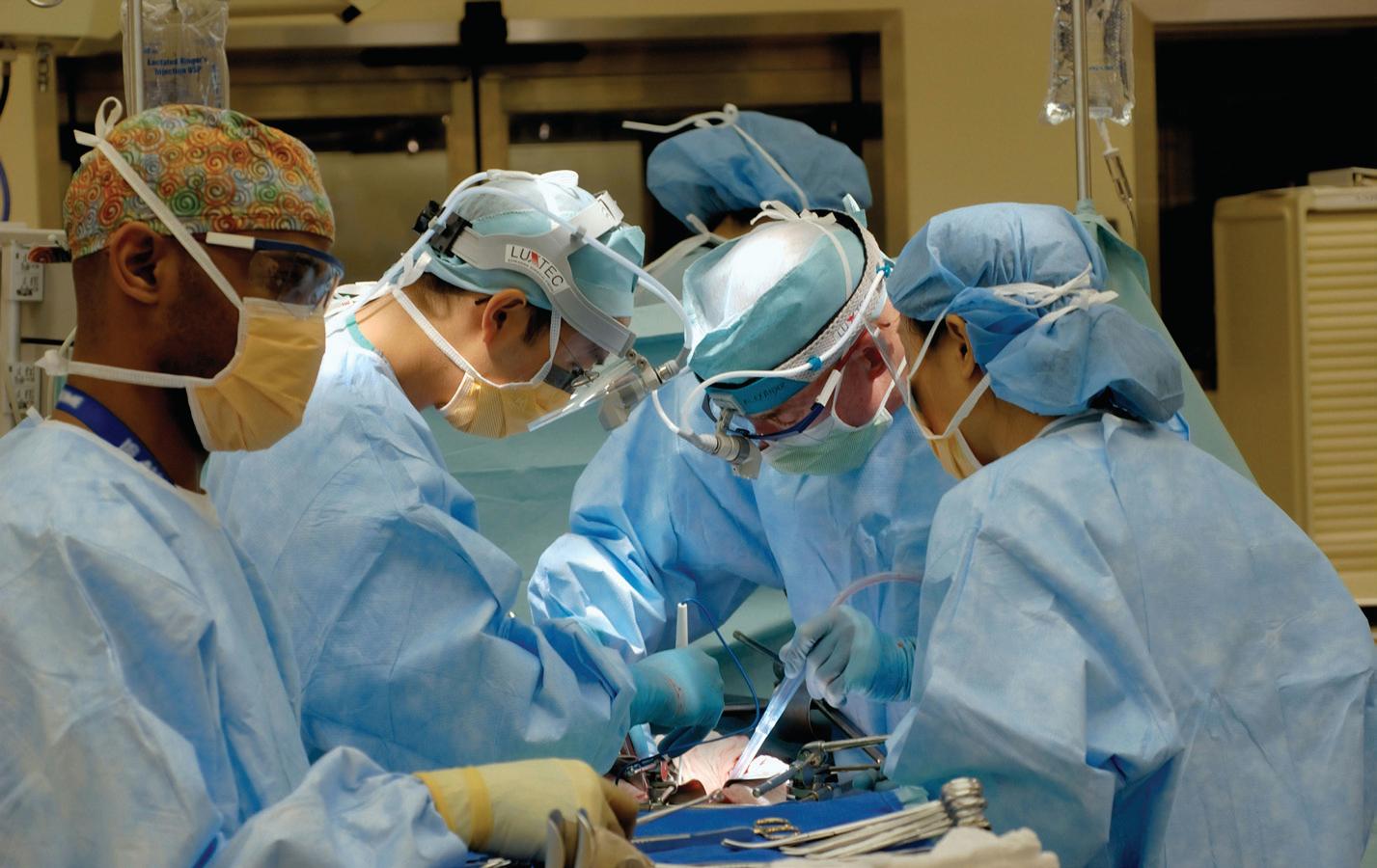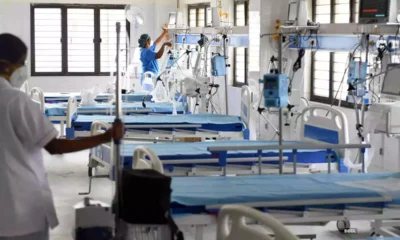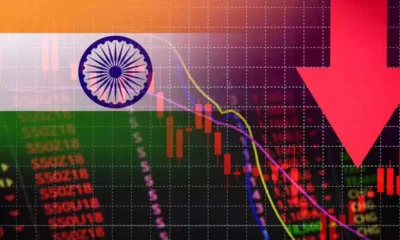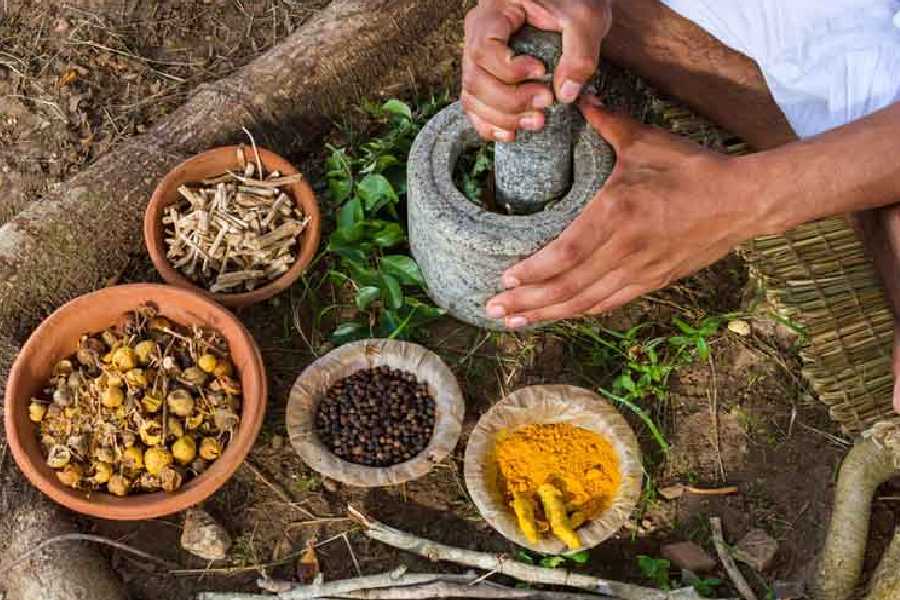As per National Health Accounts estimates for 2019–20, the key achievements in the health sector are that the total health expenditure was Rs 4,83,259 crore in 2014–15, which in 2019–20 has risen to Rs 6,55,822 crore.
After a Lancet report that asserted that the Indian government spends just 1.2 percent of GDP on healthcare and noted that it was among the lowest among G20 countries, sources in the government said that spending is at an all-time high and out-of-pocket expenditure as a percentage of the total health expenditure has decreased.
“As per the National Health Policy, 2017, public investment in health is envisioned to reach 2.5% of GDP by 2025. The Ministry of Health and Family Welfare (MoHFW) has taken up with states to prioritize allocation to the health sector and enhance their health budgets by at least 10 percent every year to reach the goal as envisaged,” one of the sources said.
The budget estimates of the Department of Health and Family Welfare have reached Rs 86,175 crore in 2023–24 from Rs 36,948 crore in 2014–15, thereby showing an overall increase of 133.23 percent during the period, they said.
According to the report by the medical journal Lancet, government spending on health has fallen and now hovers around an “abysmal” 1.2 percent of gross domestic product, out-of-pocket expenditure on health care remains extremely high, and flagship initiatives on primary health care and universal health coverage have so far “failed” to deliver services to people most in need.
In response, the sources in the government said the Health Ministry is making continuous efforts to increase allocations in the health budget.
Further, the 15th Finance Commission has provided Rs 70,051 crore as grants for health through the local governments, the sources added.
As per National Health Accounts estimates for 2019–20, the key achievements in the health sector are that the total health expenditure was Rs 4,83,259 crore in 2014–15, which in 2019–20 has risen to Rs 6,55,822 crore.
However, government health expenditure as a percentage of GDP has increased from 1.13 percent in 2014–15 to 1.35 percent in 2019–20, indicating the commitment of the government to increase investments in the health sector.
On out-of-pocket expenditure, they said it has been decreasing.
“Out-of-pocket expenditure (OOPE) as a percent of total health expenditure has decreased to 47.1 percent in 2019-20 from 62.6 percent in 2014-15.
As the Lancet mentioned in its report about the failure of flagship initiatives on primary health care and universal health coverage to deliver services to people most in need, the source in the government rubbished these charges and said that “the government has launched four mission mode projects, namely PM-Ayushman Bharat Health Infrastructure Mission (PM-ABHIM), Ayushman Arogya Mandir (and AB-HWCs), Pradhan Mantri Jan Arogya Yojana (PMJAY), and Ayushman Bharat Digital Mission (ABDM). Recently, the government has launched the Ayushman Bhav campaign.”
Further explaining the ‘Ayushman Bhav’ campaign, one of the sources said, “It’s a comprehensive nationwide healthcare initiative that aims to provide saturation coverage of healthcare services, reaching every village and town in the country. This groundbreaking initiative builds upon the success of the Ayushman Bharat program and signifies a paradigm shift in healthcare services.”
Other notable initiatives are to provide financial and technical support to States/ UTs under National Health Mission (NHM), setting up of new AIIMS, upgrading of Government medical colleges under the Pradhan Mantri Swasthya Suraksha Yojna (PMSSY), support to States/ UTs for setting up of new medical colleges as well as for increasing UG and PG medical seats, provision of free drugs and free diagnostic facilities at Primary Health Centres (PHC)/ Community Health Centres (CHC) and district hospital level, substantial increase in availability of government ambulances, implementation of Janani Shishu Suraksha Karyakram, Janani Suraksha Yojana, Pradhan Mantri National Dialysis Program, Mobile Medical Units etc, they said
On providing affordable generic medicines under PMBJP, telemedicine, and Sanjeevani, they said, “Quality generic medicines are made available at affordable prices to all under Pradhan Mantri Bhartiya Janaushadhi Pariyojana (PMBJP) in collaboration with the state governments. Affordable Medicines and Reliable Implants for Treatment (AMRIT) Pharmacy stores have been set up in some hospitals and institutions, and under the National Telemedicine Service, eSanjeevani provides access to specialized medical healthcare across the country by providing facilities for doctor-to-doctor consultation and patient-to-doctor consultation.”


 Opinion2 years ago
Opinion2 years ago
 Fashion7 years ago
Fashion7 years ago
 Entertainment7 years ago
Entertainment7 years ago
 Entertainment7 years ago
Entertainment7 years ago
 Opinion2 years ago
Opinion2 years ago
 Business News2 years ago
Business News2 years ago
 Policy&Politics2 years ago
Policy&Politics2 years ago
 Business News2 years ago
Business News2 years ago











